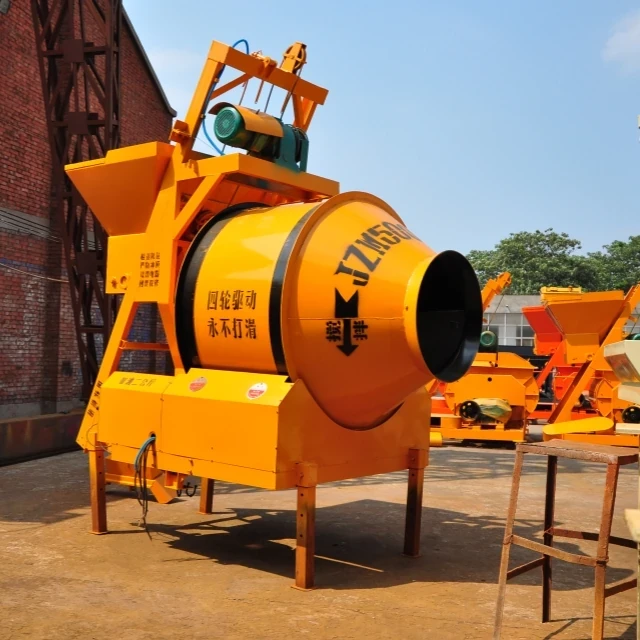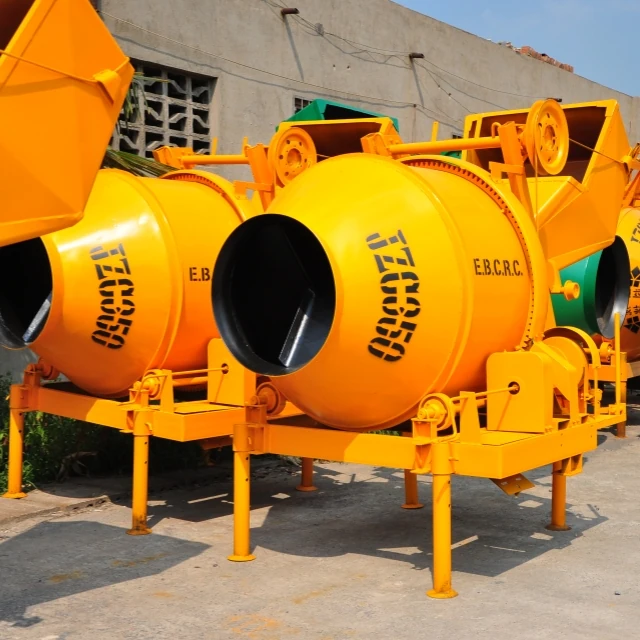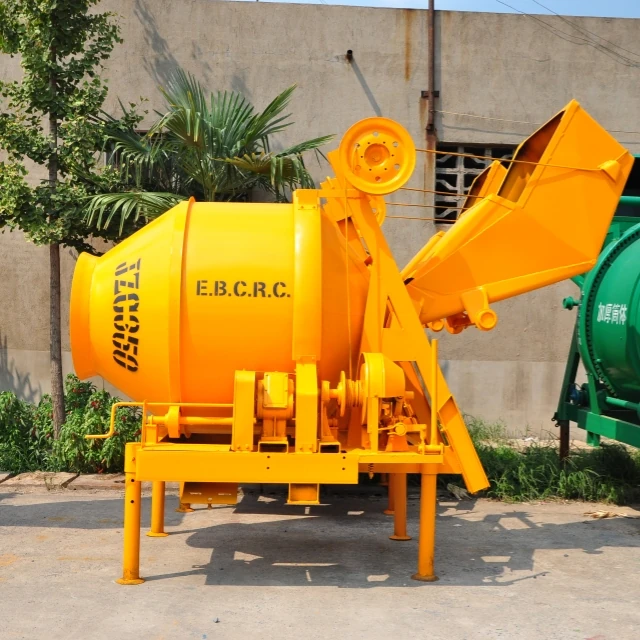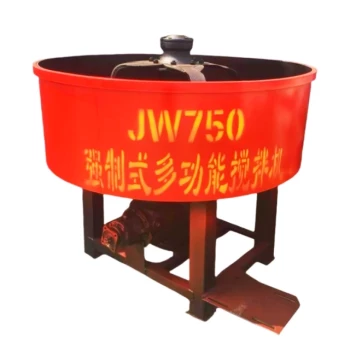Introduction
Concrete mixer drums are the backbone of any construction project—until residual buildup or undetected wear leads to costly downtime. This guide delivers actionable steps to inspect, clean, and maintain drums to industrial standards, backed by real-world case studies. Whether you’re battling hardened residue or optimizing cleaning methods, you’ll learn how top contractors prevent failures and ensure consistent mix quality.
Ensuring Long-Term Mixer Drum Performance
The Hidden Costs of Residual Concrete Buildup
Left unchecked, hardened concrete accumulates unevenly, unbalancing the drum and straining the motor. Over time, this reduces mixing efficiency by up to 40% and accelerates wear on blades and liners. Ever noticed inconsistent mix quality or unusual vibrations? These are early warnings of buildup-related damage.
Critical Risks:
- Motor Overload: Excess weight forces motors to work harder, shortening lifespan.
- Cracked Drums: Thermal stress from uneven residue expansion weakens metal integrity.
- Regulatory Violations: OSHA standards (1926.603) mandate clean, debris-free equipment.
Step-by-Step Inspection Protocol for Industrial Standards
1. Pre-Use Visual Check
- Examine drum interior for cracks, warping, or blade damage using a flashlight.
- Test rotation manually to detect obstructions.
2. Post-Pour Residual Assessment
- Measure buildup thickness with a caliper; >1/4 inch requires immediate cleaning.
- Document wear patterns (e.g., pitting near discharge points).
3. Monthly Deep Inspection
- Ultrasonic testing detects micro-fractures invisible to the eye.
- Verify liner bolt torque (refer to Garlway’s torque specifications).
Pro Tip: Tag drums with inspection dates and residue levels to track degradation rates.
Advanced Cleaning Techniques and Tools
Mechanical vs. Chemical Cleaning: Pros and Cons
| Method | Best For | Limitations |
|---|---|---|
| Mechanical | Heavy buildup (>1/2") | Risk of liner scratches |
| Chemical | Thin, adhered residue | Environmental regulations |
Tool Selection Guide:
- Stubborn Buildup: Use Garlway’s drum scrapers with replaceable carbide tips.
- Precision Cleaning: Opt for rotary brushes attached to drill rigs for curved surfaces.
Did You Know? Chemical cleaners with phosphoric acid dissolve residue but require neutralization to prevent drum corrosion.
Case Studies and Industry Insights
Real-World Consequences of Neglected Drum Maintenance
A 2022 study by Construction Equipment Monthly found that 68% of drum failures stemmed from poor cleaning routines, leading to:
- $12,000 average repair cost per incident.
- 3-5 days of project delays per failure.
Example: A Texas contractor reduced downtime by 75% after implementing laser-scanned drum mapping to target high-wear zones.
How Top Contractors Minimize Downtime Through Proactive Care
- Scheduled Cleaning Cycles: Clean drums within 30 minutes post-use to prevent hardening.
- Predictive Maintenance: Use vibration sensors to detect imbalance early.
- Training Crews: Teach operators to recognize abnormal noises (e.g., grinding = blade misalignment).
Conclusion: Turn Knowledge Into Action
- Daily: Scrape residue while wet; inspect blades.
- Weekly: Apply protective coatings to high-friction areas.
- Monthly: Partner with Garlway’s maintenance services for professional assessments.
By adopting these protocols, you’ll extend drum lifespan by years and avoid the $50,000+ hidden costs of reactive repairs. Ready to upgrade your maintenance strategy? Explore Garlway’s durability-tested tools designed for heavy-duty concrete equipment.
Related Products
- JDC350 Small Cement Concrete Mortar Mixer
- HZS90 Large Multiquip Concrete Mixers for Construction
- Construction Products Concrete Plant Machine Mixing Concrete Mixer
- Concrete Cement Mixer Machine Drum Mixer for Construction
- Commercial Construction Mixer Machine for Soil Cement Mixing Concrete
Related Articles
- How to Repurpose Cement Mixers for High-Efficiency Farm Material Processing
- How Component Engineering Elevates Cement Mixer Performance for Small Projects
- How to Test Concrete Mixer Brake Systems for Optimal Safety and Compliance
- How to Choose the Right Concrete Type for Every Construction Challenge
- How to Classify and Resolve Concrete Mixer Hazards with Compliance


















